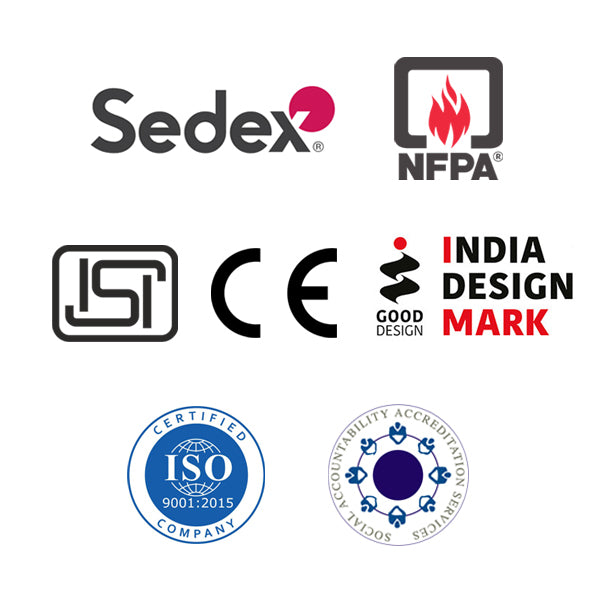AGENA (Pack of 2)
Share
Safety Goggles
-
SAFETY GOGGLES - The clean polycarbonate glasses in this design offer exceptional clarity, ensuring wearers can see with precision and accuracy. Made from toughened polycarbonate, these glasses are durable and resistant to damage, providing long-lasting use and reliability. The UV protective ventilation is strategically positioned to shield the eyes from harmful rays while maintaining proper airflow, enhancing comfort during wear
-
DESIGNED WITH VERSATILITY IN MIND - The flexible PVC frame offers a comfortable fit for various face shapes and sizes. This adaptable frame ensures a secure yet comfortable fit, allowing wearers to focus on tasks without distractions. The strap design further enhances adjustability, accommodating the unique preferences and needs of each wearer. Whether for sports, work, or recreational activities, this design offers customizable comfort and performance
-
PROTECTION SAFETY & PROTECTION - With a focus on safety, the clear polycarbonate glasses prioritize protection for the eyes in diverse environments. Suitable for use in settings ranging from construction sites to recreational activities, these glasses offer reliable eye protection against potential hazards. Wearers can have peace of mind knowing their eyes are shielded from debris, UV rays, and other dangers, enhancing overall safety and well-being.
-
HIGH DEMAND - The demand for this model is heightened by its flexible strap, which enhances comfort and usability for wearers. With a focus on user-centric design, this eyewear prioritizes adjustability and convenience, ensuring an optimal fit for individuals of all ages and lifestyles. Whether for professional or recreational use, the clear vision and protective features of this design make it a versatile and highly sought-after choice in the eyewear market.
Chemical Splash
Dirt
Dust
CE
EN 166
Delivery & Services

Easy Return
with our 15 days return poicy
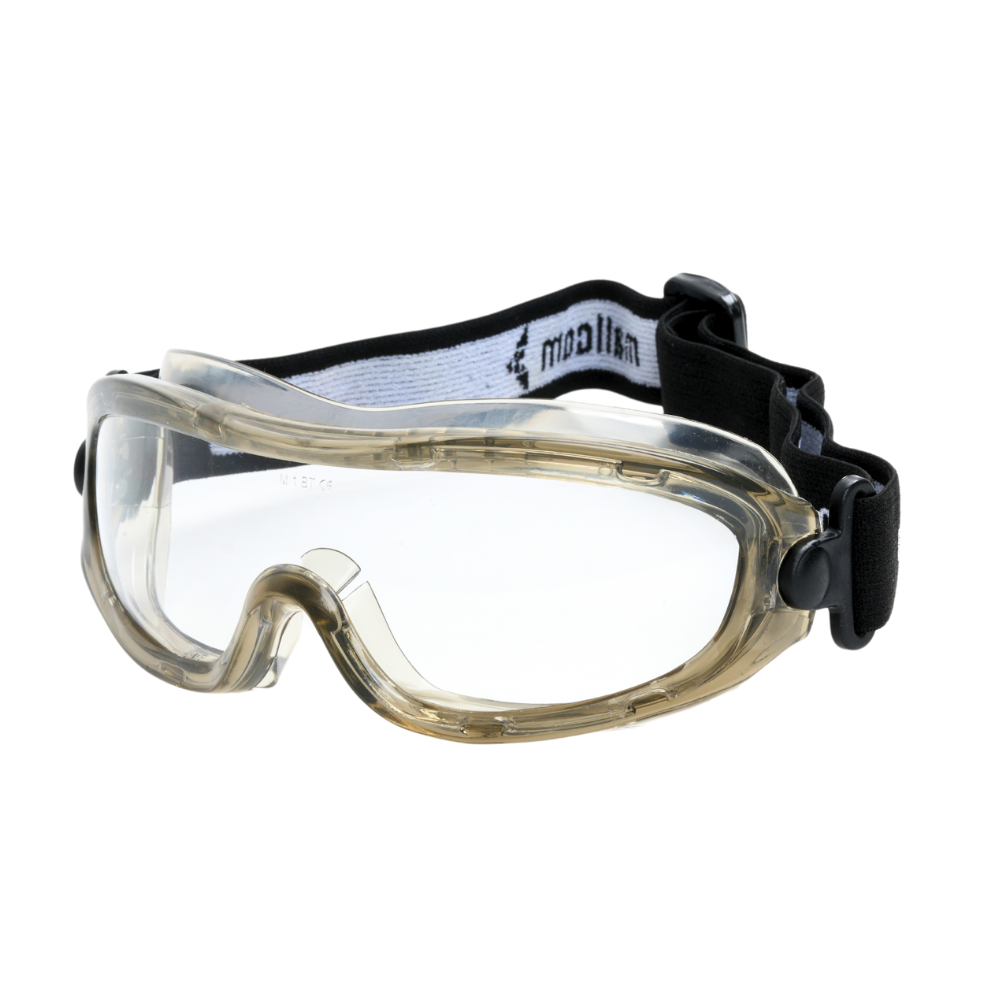
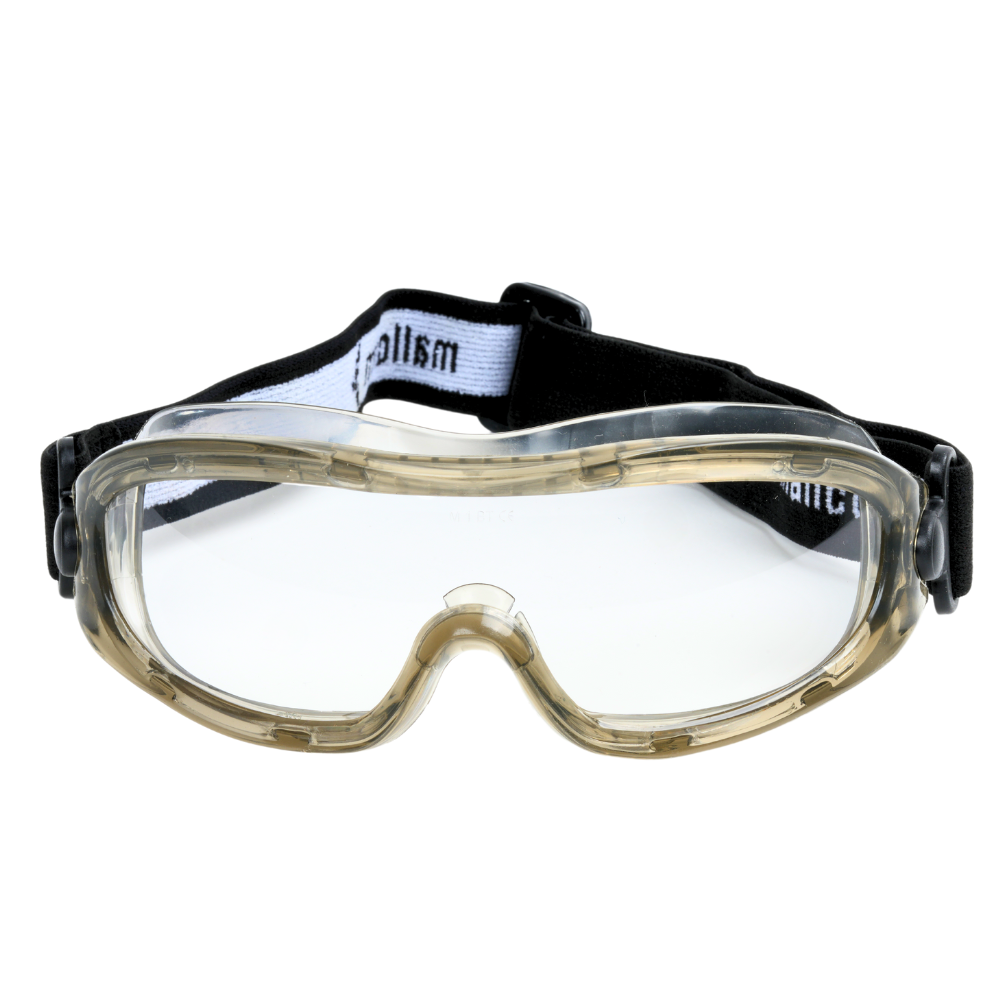
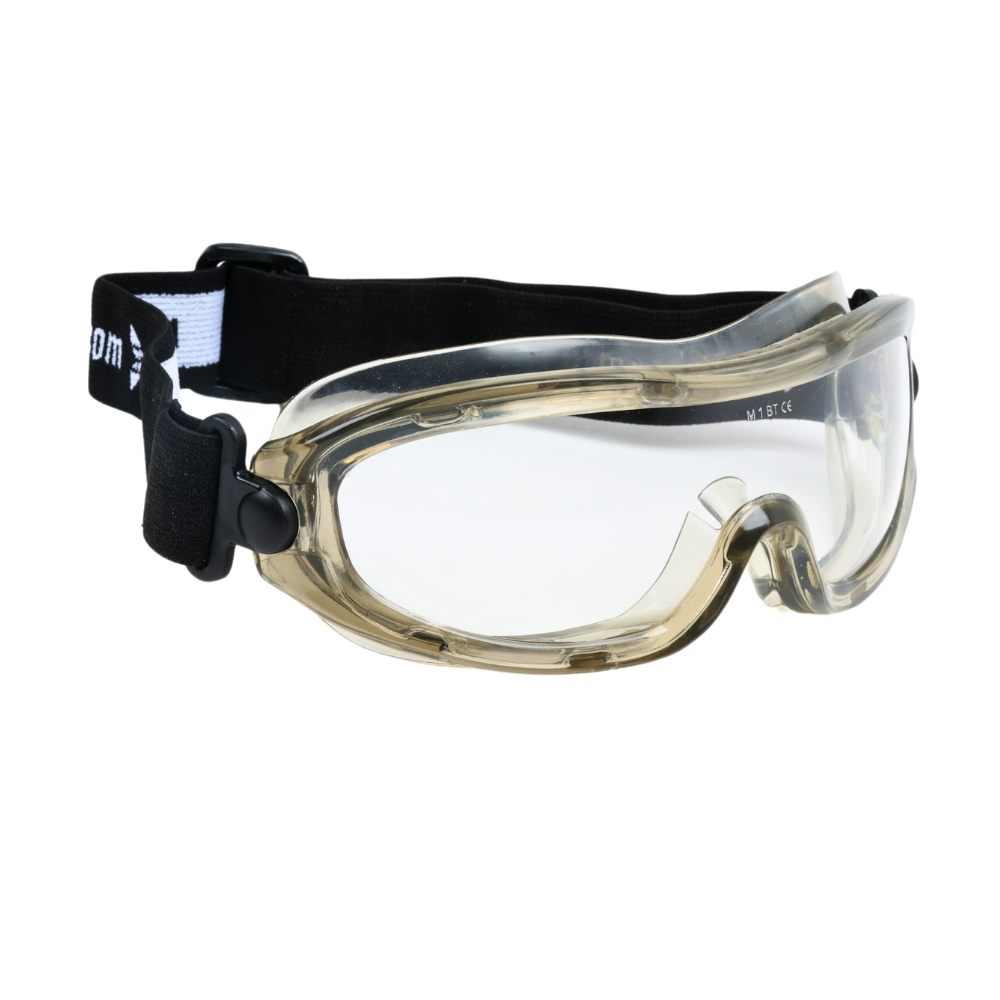
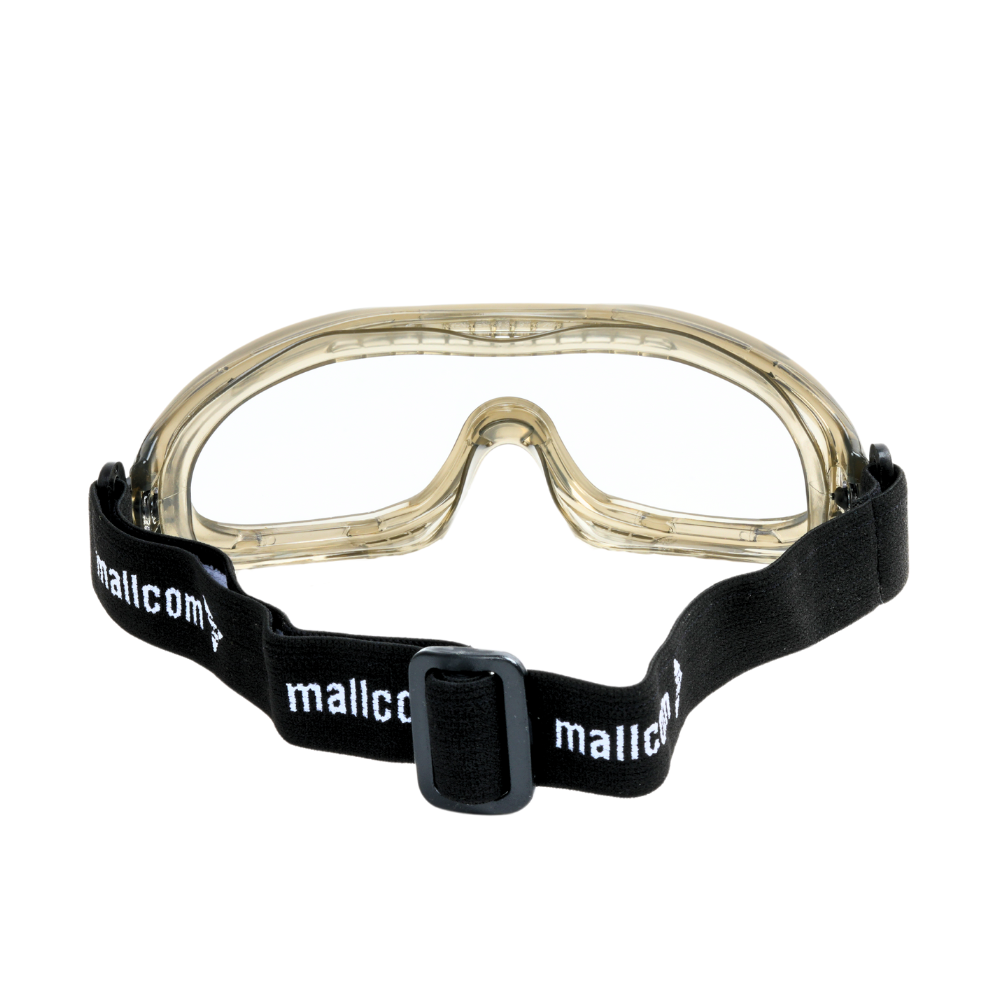
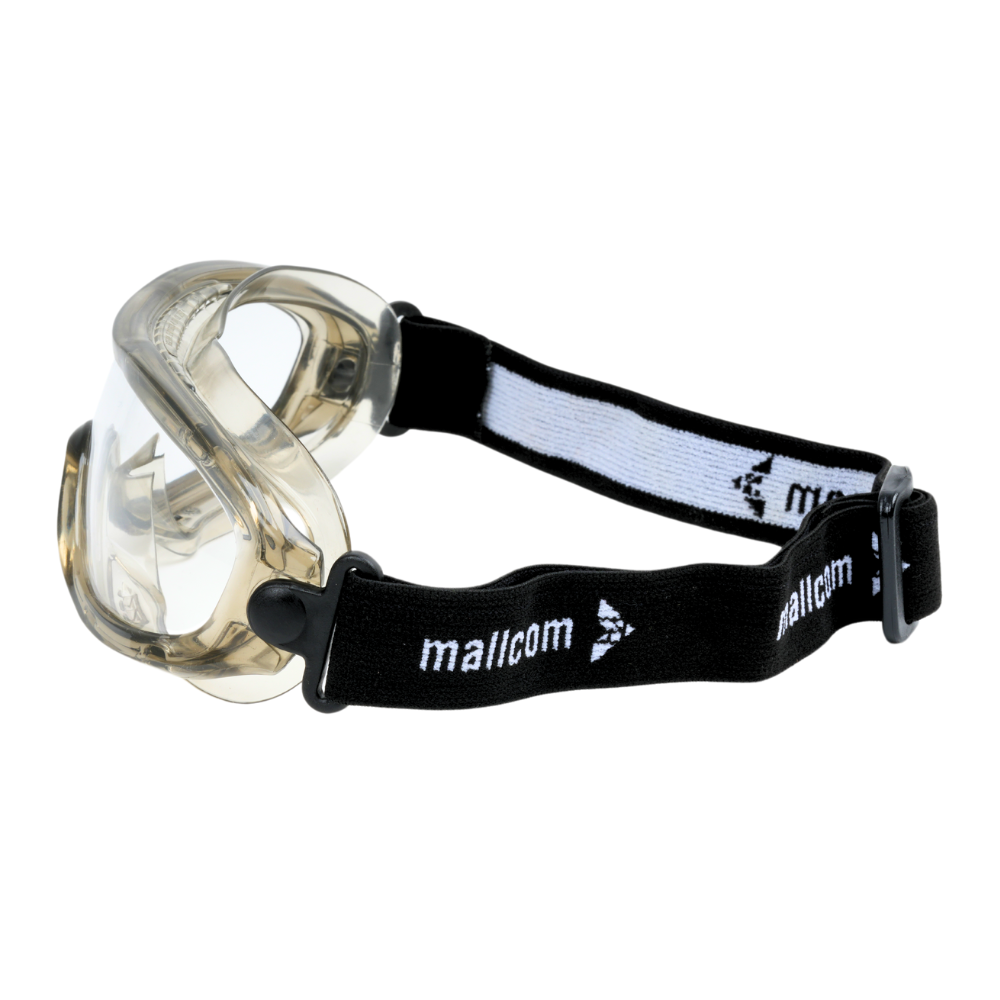
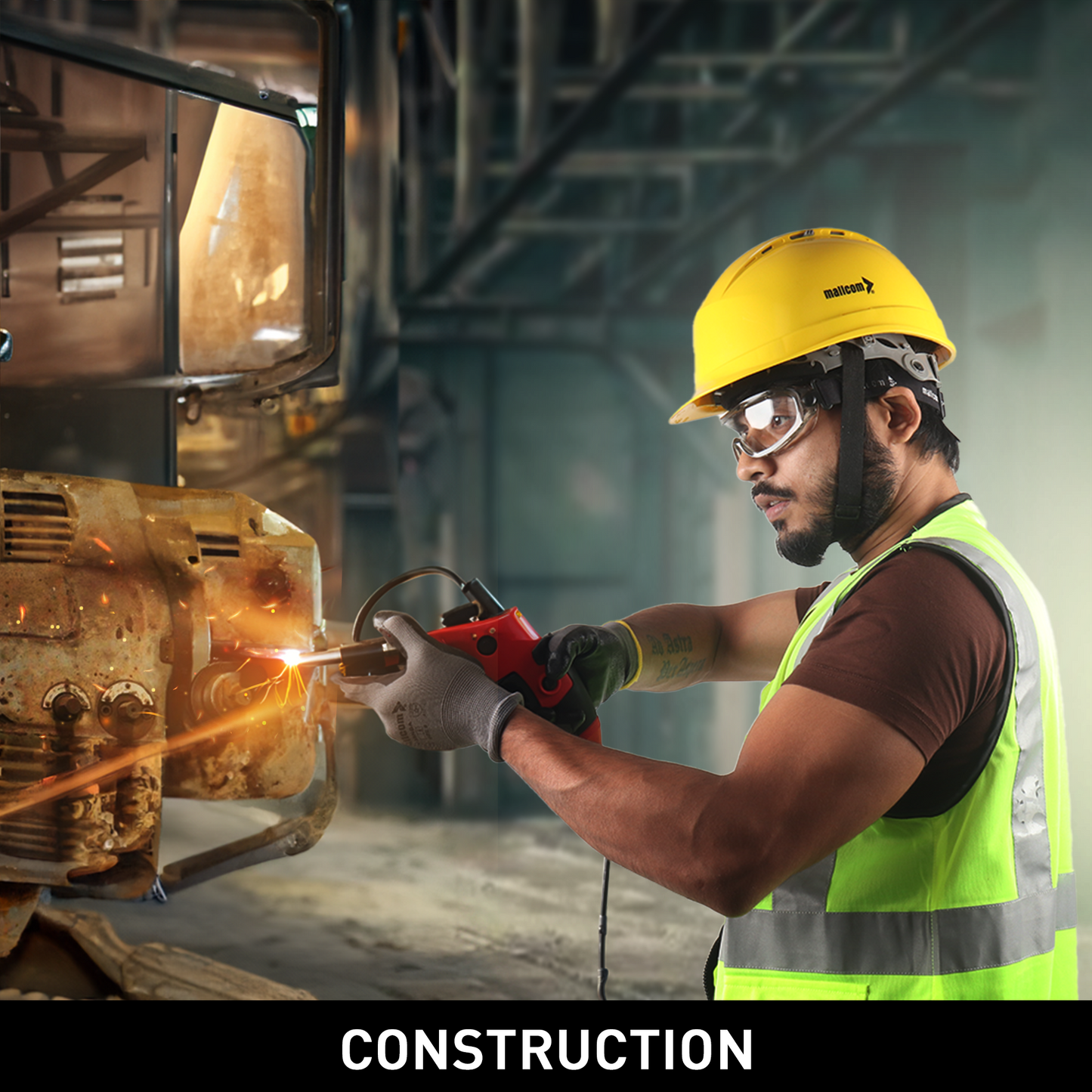


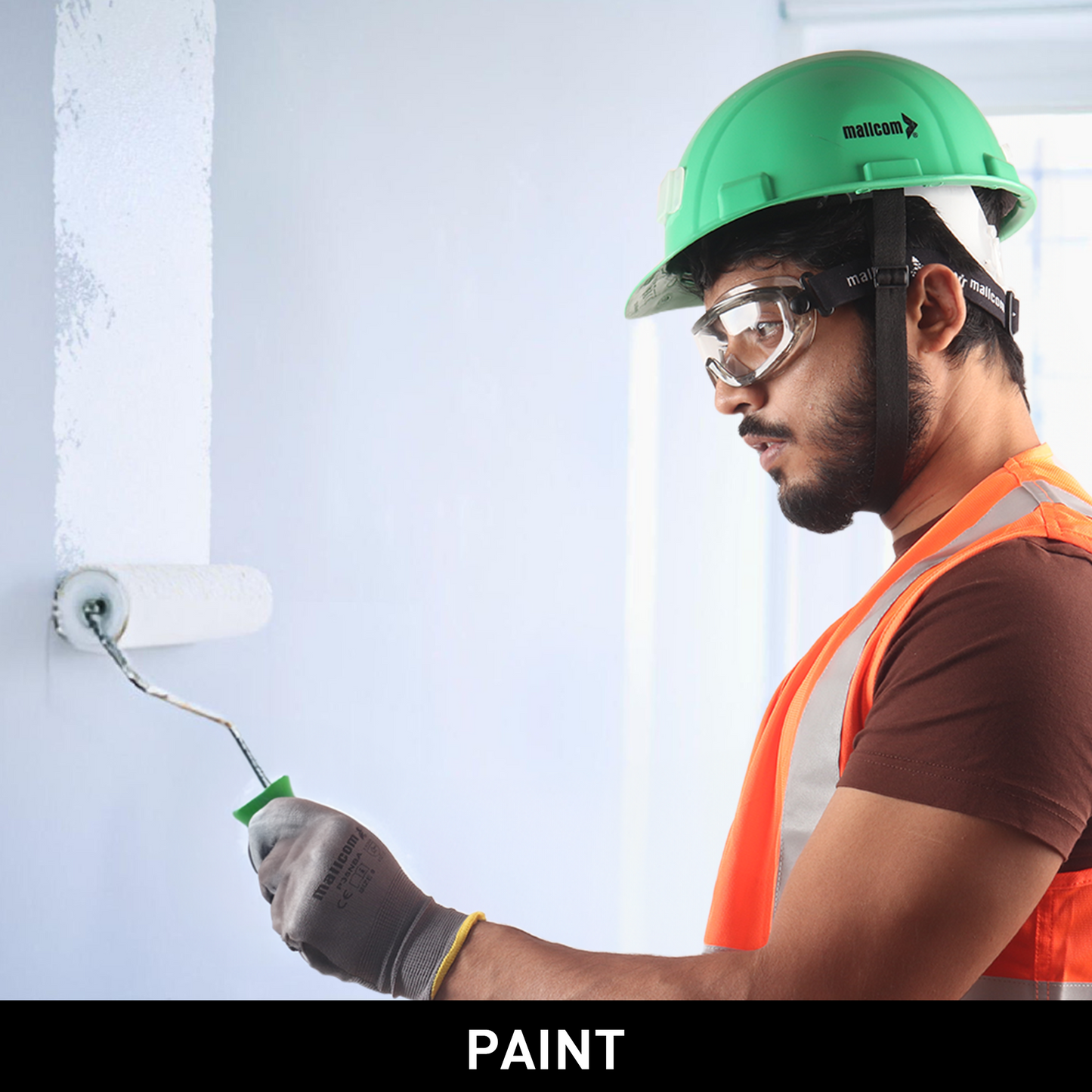
ABOUT THE DESIGN

USEFUL IN THESE INDUSTRIES
MANUFACTURING
CHEMICAL & PAINT
REPAIR & MAINTENANCE
CONSTRUCTION

Product Features
ABOUT THE DESIGN

USEFUL IN THESE INDUSTRIES
MANUFACTURING
CHEMICAL & PAINT
REPAIR & MAINTENANCE
CONSTRUCTION
Product Details
